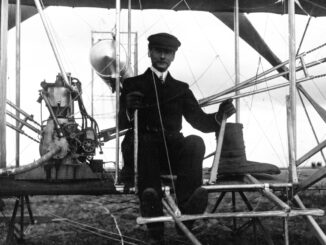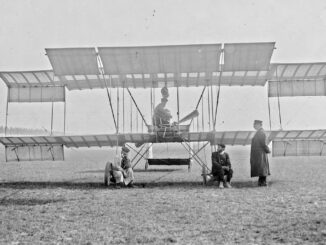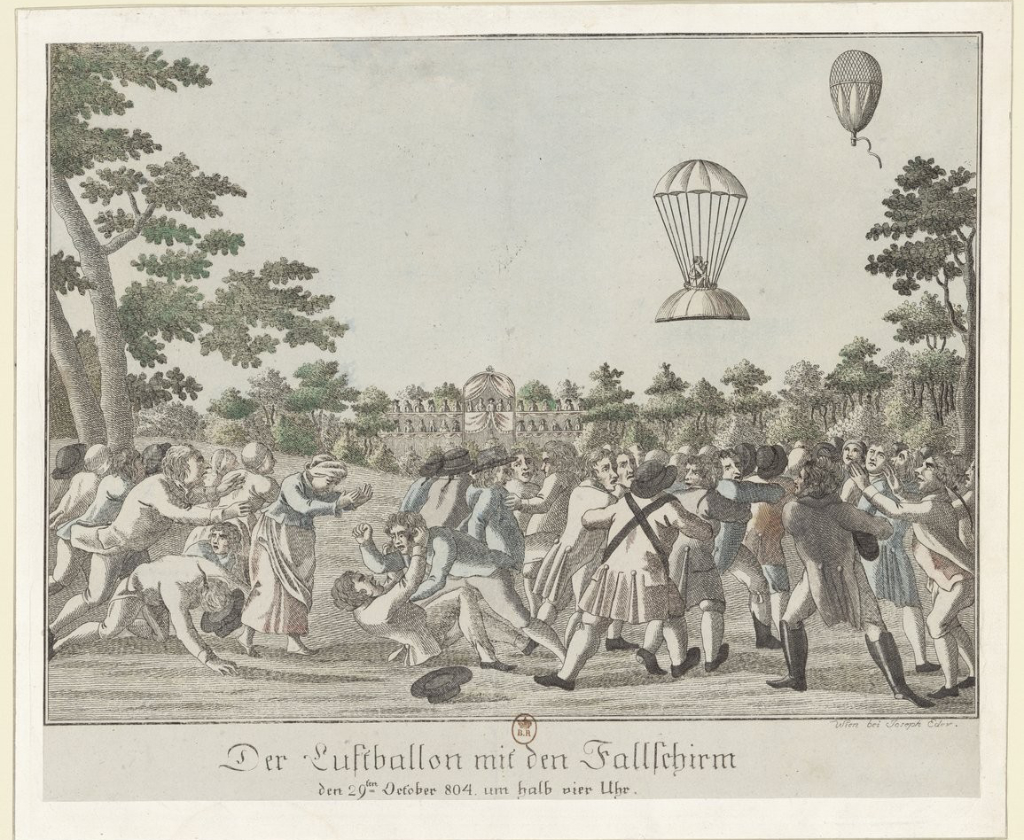 On 18th July 1803, Étienne-Gaspard Robert set the new flight altitude record of 7,170 metres, flying with montgolfière-type hot air balloon.
On 18th July 1803, Étienne-Gaspard Robert set the new flight altitude record of 7,170 metres, flying with montgolfière-type hot air balloon.
Étienne-Gaspard Robert was born on 15th June 1763, in the then Prince-Bishopric of Liége (now Liége, Belgium). He received a good education and finally became a professor of physics, specialised in optics.
Nevertheless, Robert was a real Renaissance man of many talents. He was a painter and cartoonist, studied art and natural science, as well as was interested in mechanics. Commonly known by his stage name of ´Robertson´, Étienne-Gaspard Robert was also an illusionist and one of developers of phantasmagoria – a form of horror theatre using magic lanterns and portable projectors.
In 1791, Robert moved to Paris and began his studies at Collége de France. There, he attended lectures of Jacques Charles, the well-known French inventor, scientist and pioneer of balloon flights. And it was not long before Robert became a keen balloonist himself.
In 1802, Étienne-Gaspard Robert bought a gas balloon L’Entreprenant (English, literally: enterprising, but better translated as ´bold´ or ´daring´), built in 1794 by Nicolas-Jacques Conté and Jean-Marie-Joseph Coutelle for military observation, at the request of Comité de salut public (the Committee of Public Safety).
Robert assigned the balloon to, as he called them, scientific flights. During the ascends he performed in Hamburg, St. Petersburg and Riga, Robert made several experiments and observation on pressure, temperature, gravity, influence of high altitudes on animals, water and other objects, as well as studied clouds, solar spectrum, magnetic field and electricity. Regrettably, some of his observations were totally incorrect, due to low level of knowledge about altitude-related physical laws we are aware of today.
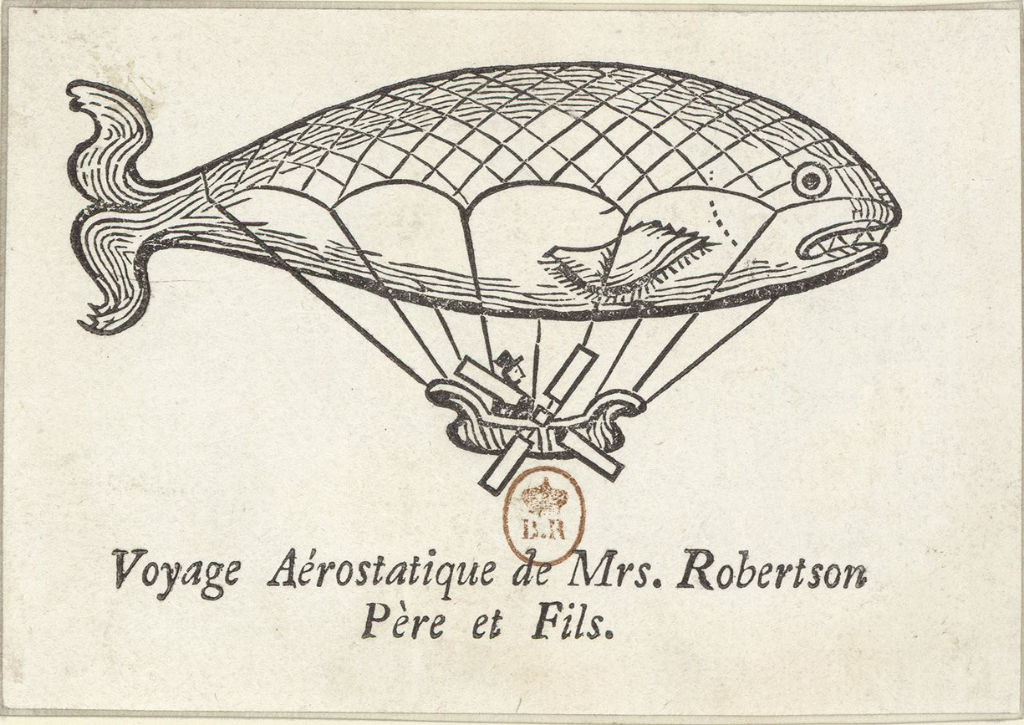
On 18th July 1803, in Hamburg, Étienne-Gaspard Robert and Auguste Lhoëst, set the new flight altitude record, reaching 7,170 metres (or 7,280 metres, according to some sources). They broke the previous record, established by Pilâtre de Rozier and Joseph Proust in 1784, by more than 3,000 metres. An interesting fact is that Robert´s altitude record lasted thirty-six years and was beaten only in 1839 by Charles Green and Spencer Rush, who reached 7,900 metres.
Some publications credit Robert with the first balloon flight in the then Russian Empire, although incorrectly. His first ascend in St. Petersburg took place only on 30th June 1804, while the first balloon flight in the country was made by André-Jacques Garnerin and Gen. S.L. Lvov in June (or July) of 1803.
In 1806, Étienne-Gaspard Robert performed a remarkable balloon flight in Denmark, flying from Rosenborg Castle in Copenhagen to Roskilde. The event was followed by the royal family and approximately 50,000 spectators. In the same year, this time in Stockholm, Robert reportedly parachuted an animal from the balloon basket.
In 1815, Robert partnered with Jean-Baptiste Olivier Garnerin, brother of the aforementioned André-Jacques Garnerin. Together, they continued with development of gas balloons and parachute systems.
Étienne-Gaspard Robert died in Paris, on 2nd July 1873. He was buried at Père Lachaise cemetery in the French capital.
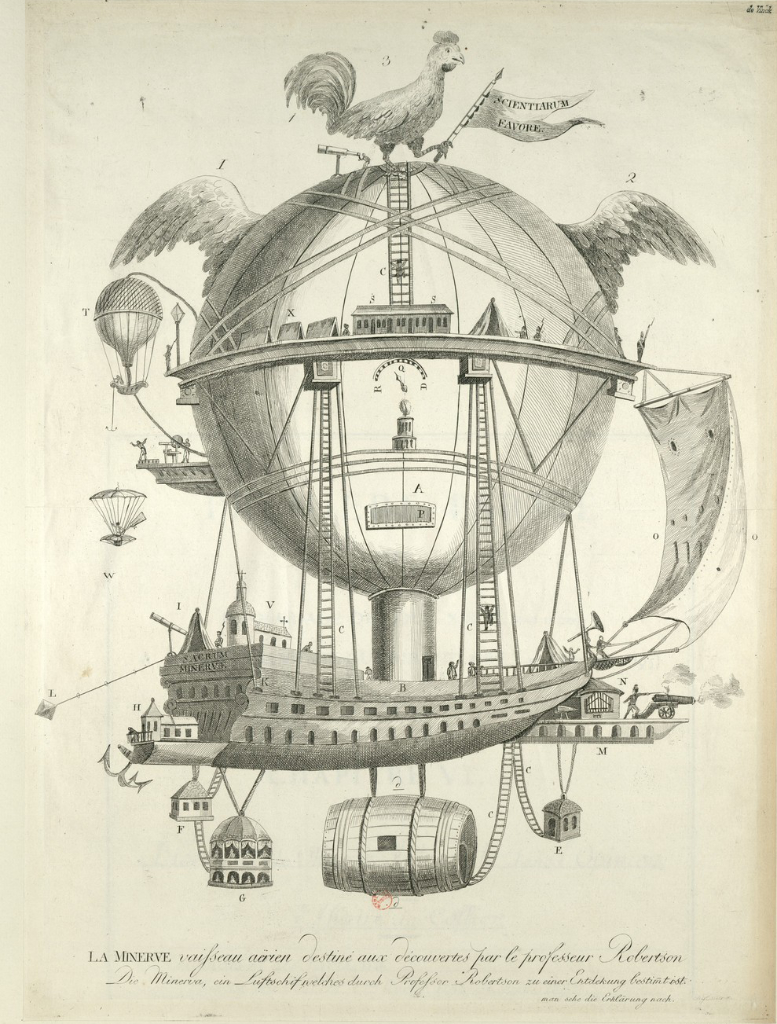
Cover photo: Robert´s balloon with the parachute in Vienna, 29 October 1804 (source: gallica.bnf.fr / Bibliothèque nationale de France, ark:/12148/btv1b8509430m)


